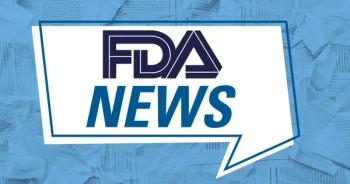
Very low birthweight babies: measuring their burden
While advances in perinatal medicine, including surfactant therapy and increased use of antenatal steroids, have increased the survival rate of extremely low birthweight (ELBW) babies (
While advances in perinatal medicine, including surfactant therapy and increased use of antenatal steroids, have increased the survival rate of extremely low birthweight (ELBW) babies (<1,000 g), many still have considerable long-term health and educational needs, according to a study that followed these children until age 8.
Researchers followed up on 219 ELBW children born between 1992 and 1995 and 176 normal birthweight (NBW) controls. They found that 64% of the ELBW children versus 20% of the NBW children had functional limitations (OR 8.1), 48% of the ELBW group versus 23% of the NBW group had compensatory dependency needs (OR 3.0), and 65% of the ELBW children versus 27% of the NBW children required services above those routinely required (OR 5.4). Specific diagnoses included cerebral palsy, asthma, vision of less than 20/200, low IQ of less than 85, limited academic skills, poor motor skills, and poor adaptive functioning.
Hack M, Taylor HG, Drotar D, et al. Chronic conditions, functional limitations, and special health care needs of school-aged children born with extremely low-birth-weight in the 1990s. JAMA. 2005;294:318-325
Newsletter
Get the latest clinical updates, case studies, and expert commentary in obstetric and gynecologic care. Sign up now to stay informed.










